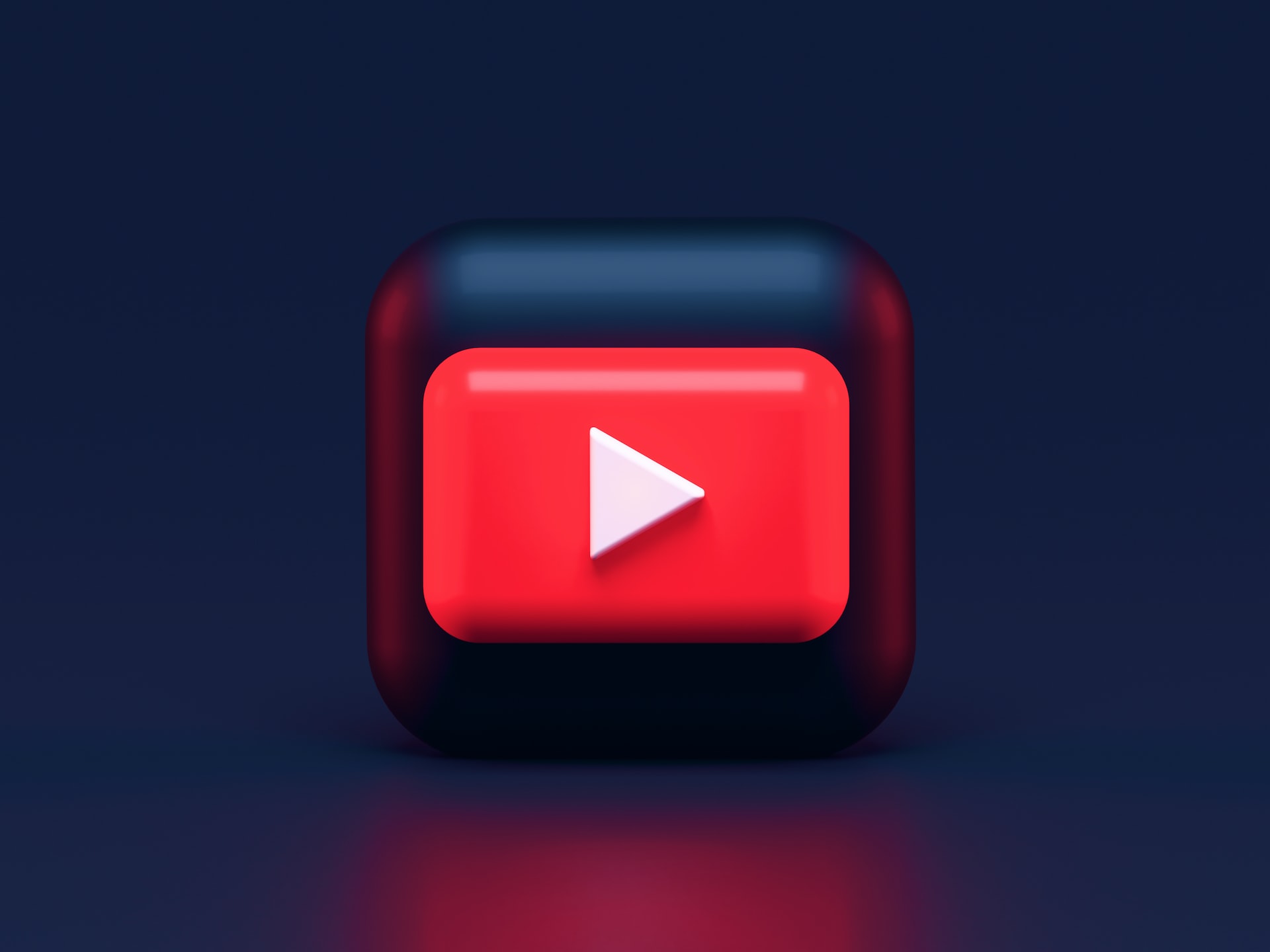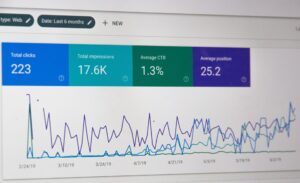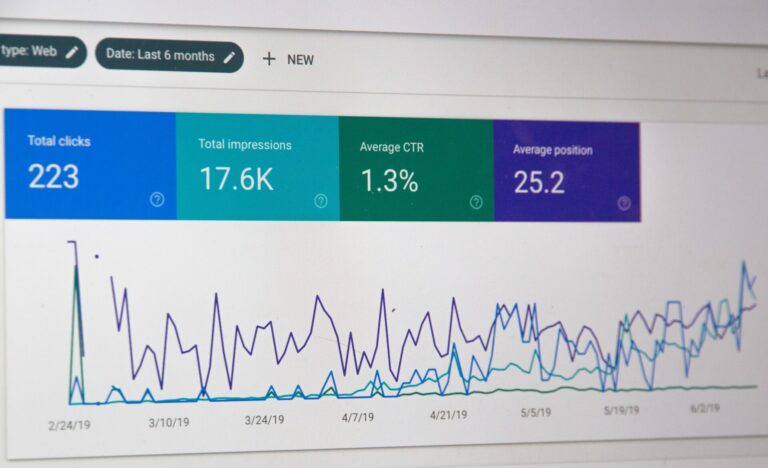Are you wanting to run ads on YouTube but aren’t sure if it’s worth it or not?
YouTube is the second largest search engine in the world and has over 1.9 billion monthly active logged in users, according to Brandwatch.
It’s different from other social media platforms because its audience is very diverse and service is accessible. It provides a platform for people to share their stories, opinions and ideas in a way that they can’t anywhere else.
With such a robust audience and algorithm, YouTube’s certainly not going anywhere anytime soon. In fact, 500 hours of content are uploaded to YouTube every minute, per Brandwatch.
What are YouTube ads?
YouTube ads are a form of paid advertising where advertisers pay for their ads to be shown on videos across the platform with specified criteria set out by the advertiser. For example, an advertiser may choose to market a new dog toy to people in the US, that are 18 years or older, and are interested–or own–a dog of a specific breed.
YouTube ads can be run in the following formats:
– In-stream: This is when an advertiser pays to show their video ad before, during, or after another video.
– In-slate: This is when an advertiser pays to show their video ad before or after another video.
– In-search: This is when an advertiser pays to show their video ad as a top result when someone searches for a keyword related to the product or service they offer.
– In-display: This is when an advertiser pays to show their banner advertisement (image and text).
How YouTube Pays Content Creators For Ads on Their Videos
A content creator on YouTube can get paid for ads in a few different ways. There are multiple types of ads that run on the video-sharing platform, and each of them vary in length, timing, and price.
In order for a content creator to monetize their content on YouTube, they first need to meet three important criteria set out by the service to get into their Partner Program:
- They must have 1,000 subscribers
- They must have at least 4,000 public watch hours (unlisted and private videos do not count) on published videos.
- Their account must be in good standing and not have violated any Community Guidelines.
- Have 2-step verification enabled.
Once these criteria are met, the channel owner should receive an email informing them they’re able to monetize the videos on their channel through the following types of ads:
The first way is called a TrueView in-stream ad. This is an ad that appears before or during the video.
The second way is called a TrueView in-stream ad with an overlay. This type of advertisement is when the video has an overlay that appears while the video plays and contains information about the product being advertised.
A third way to get paid for ads on YouTube is by using Google Preferred, which means that advertisers can pay to place ads on high performing videos on the site.
The fourth way to get paid for ads is by using Promoted Videos, which are videos that are uploaded by the advertiser themselves and then promoted through the platform’s algorithm to make sure they reach their intended audience.
Why can’t monetization be eligible for everyone?
Prior to January 2018, YouTube allowed all channels to monetize their content, regardless of how many public watch hours and subscribers they’ve amassed. They made various changes to their Partner Program because some videos on the platform do not provide any valuable content. Those videos wouldn’t perform well, so advertisers wouldn’t want to spend marketing money on videos on channels with two subscribers, 30 views, and no engagement. It didn’t make sense for advertisers or YouTube to continue pushing this.
That’s why they updated their Partner Program requirements. People who are serious about creating quality content for their platform will be rewarded with the ability to monetize. Furthermore, in order to achieve 1,000 subscribers and 4,000 public watch hours one must remain consistent and work diligently. Those aren’t small numbers!
What YouTube ads cost
The average cost of advertising on YouTube is around $7 per 1,000 views; however, this will vary greatly depending on a number of factors.
The cost of advertisements on YouTube varies. It can change depending on the type of ad you choose, your target audience, and what you want to achieve.
The more targeted your ad is, the more expensive it will be.
Can YouTube ads increase subscribers/conversions? Are they effective?
YouTube ads are a good way to drive traffic to your website. They are also a good way to generate awareness for your product or service. But they are not effective in growing subscribers for your channel.
They are not as effective as traditional ads in growing subscribers. Traditional ads are more effective because they have a wider reach. They can be shown on TV, newspapers, magazines and billboards where the audience is much larger than YouTube.
In order to grow your channel, it’s best that you focus your efforts on crafting high quality and valuable content for the platform. Optimize it with a catchy title, description, hashtags, category, and tags.
YouTube ads also don’t show up in search engine results pages which makes them less visible to potential customers who are looking for your product or service.
Additionally, people who watch YouTube videos often do so for entertainment purposes rather than for purchasing products or services so there’s a higher chance that they will click away from the video before seeing the ad in full.
Do YouTube Ads count as views?
YouTube ads can count as views for a video, but they don’t necessarily have to. If one of your videos is used in an advertisement, then it may count towards a view.
These ads are designed to be watched by people who may be interested in the product or service based on the video they’re watching. They are usually placed before a video starts playing.
When do users get ads on YouTube?
YouTube is a free platform and the company has to make money somehow. So, they show ads on videos that are monetized to users who do not subscribe to YouTube Premium.
YouTube Premium is a paid membership service that allows users to watch videos without ads, download videos for offline viewing and get access to original shows like Cobra Kai and Step Up: High Water.
Content creators have the option to turn off ads on their videos. They can also set up an ad-free channel for their subscribers to watch.
Most Popular YouTube Ads Right Now
According to YouTube’s Ads Leaderboard, brands like Netflix, Hulu, and HBO Max have the best-performing ads. The advertisements below were popular in Q2 of 2022.
THE GRAY MAN on Netflix
House of the Dragon on HBO Max
The Valet on Hulu
There are many different kinds of ads that work well but some of the most popular right now are:
- A video ad that has a call to action at the end of it like “subscribe to our channel.” They usually have high production values, catchy music, and can be funny or serious depending on what they’re trying to promote.
- A video ad that might include a product placement, such as a quick shot of the brand’s logo, or a close-up of someone wearing one.
How to Manage Your Ads on YouTube, Facebook, Google, and More From One Dashboard
YouTube is the second largest search engine in the world and has over 1.5 billion users. It’s a great place to advertise your product or service because it’s a platform that people use to find information, entertainment and inspiration.
With that in mind, the best place to manage your ads is with YŌK Digital. The all-in-one platform allows you to connect all of your ad accounts from services like YouTube, Google, Facebook, TikTok, Hulu, and more. Once all of your services are connected to your YŌK Digital dashboard, you can begin setting up your campaigns and running ads on all of the platforms.
However, you’ll need to create and set up your YouTube account first before connecting your YŌK Digital account.
Once you have created your account and channel, it’s time to set up your ads!
YouTube Ads vs. Facebook Ads vs. Google Ads: Why not all three?
YouTube ads are an excellent way to reach a younger demographic. Facebook and Google Ads have been around for a while and are more popular with older demographics. But if you’re deciding as to whether you should run ads on Facebook, Google, YouTube, or all three, you should test them all out to find out which one works best for your brand or business.
Since YouTube is the second largest search engine in the world (next to Google), it makes sense that it would be a good place to advertise your product or service. You can target ads by age, gender, geography and more. You can also choose who sees your ad based on their interests or what they’ve watched in the past.
Google Ads is one of the most popular advertising platforms on the internet today. It has many benefits including its ability to target specific keywords, locations and language. To get started with Google Ads, you’ll need an active campaign or ad group. This is where you specify your targeting settings, set budgets and bid prices for each individual keyword in your campaign. You can also set up keywords to bid on automatically in the future, selecting a “best time” and then setting up your campaign according to that time. This way you can launch campaigns at certain times of year at a specific price point with an “autopilot” feature.
Facebook advertising is also an excellent platform to use. It’s fast, affordable, and easy to set up. You’re able to target the age, gender, location and interests of the people who watch your video, similar to Google Ads and YouTube. You can also see how long each viewer watched your video ad, and if they liked it.
Are YouTube ads worth it?
You will not only get to reach an audience that you can’t access through other platforms, but you will also be able to target specific demographics on YouTube. With their diverse demographic and massive user base, YouTube may be a no-brainer when it comes to running ads.
If your brand has consistently seen results with text and image advertisements, then you’ll need to decide if your brand will see success with video. If you’re able to create high quality video ads and target the right people, you may see substantial returns on YouTube.
The bottom line is, though, you won’t know until you try.








